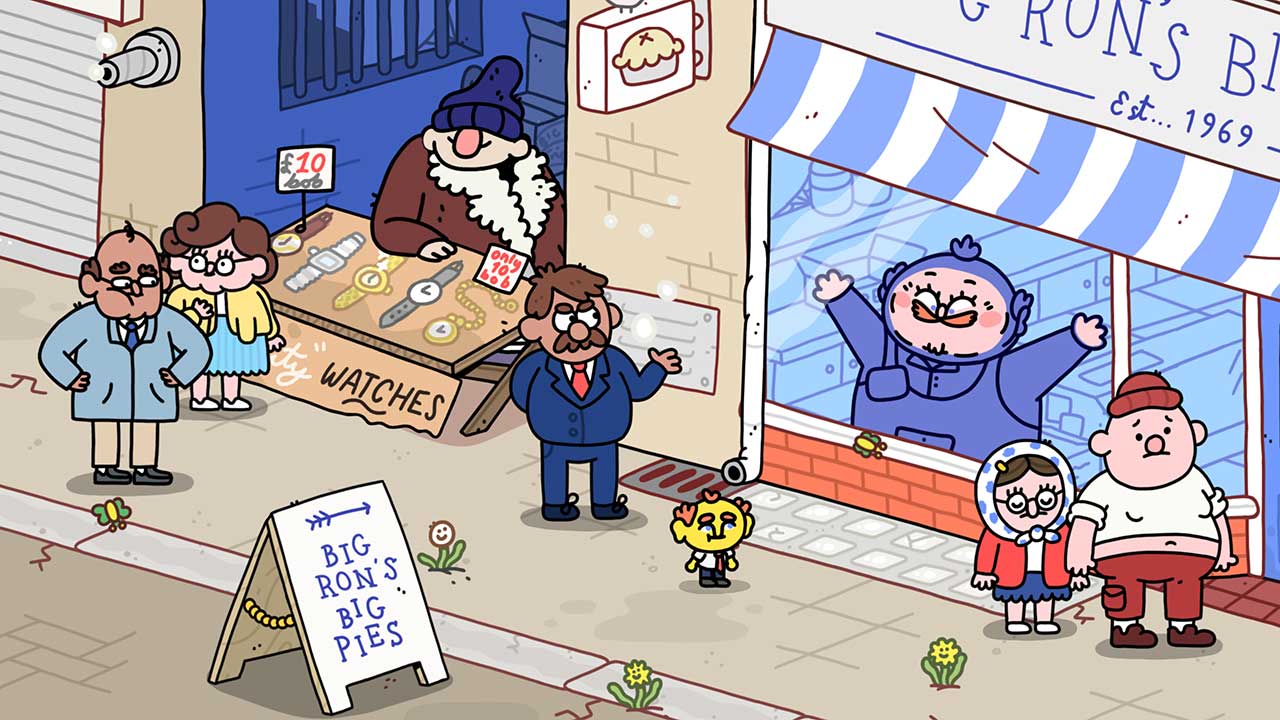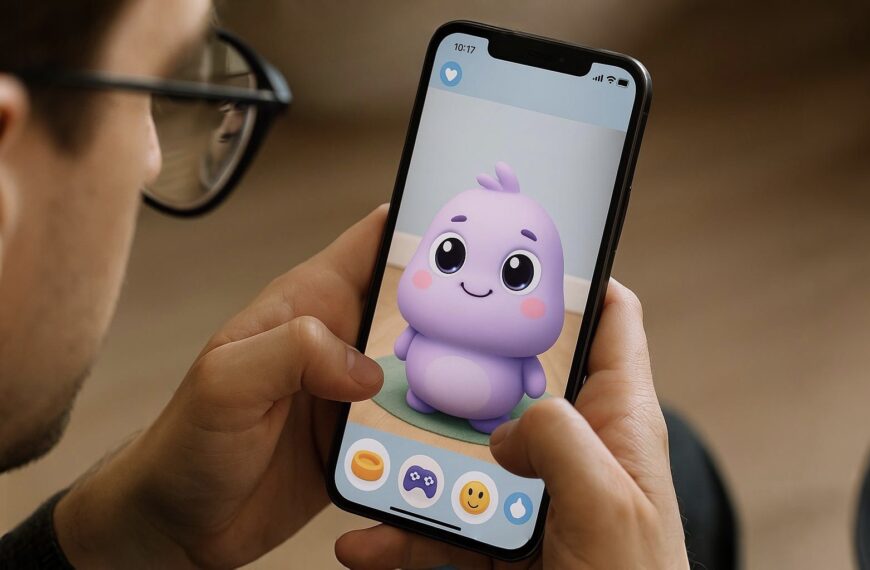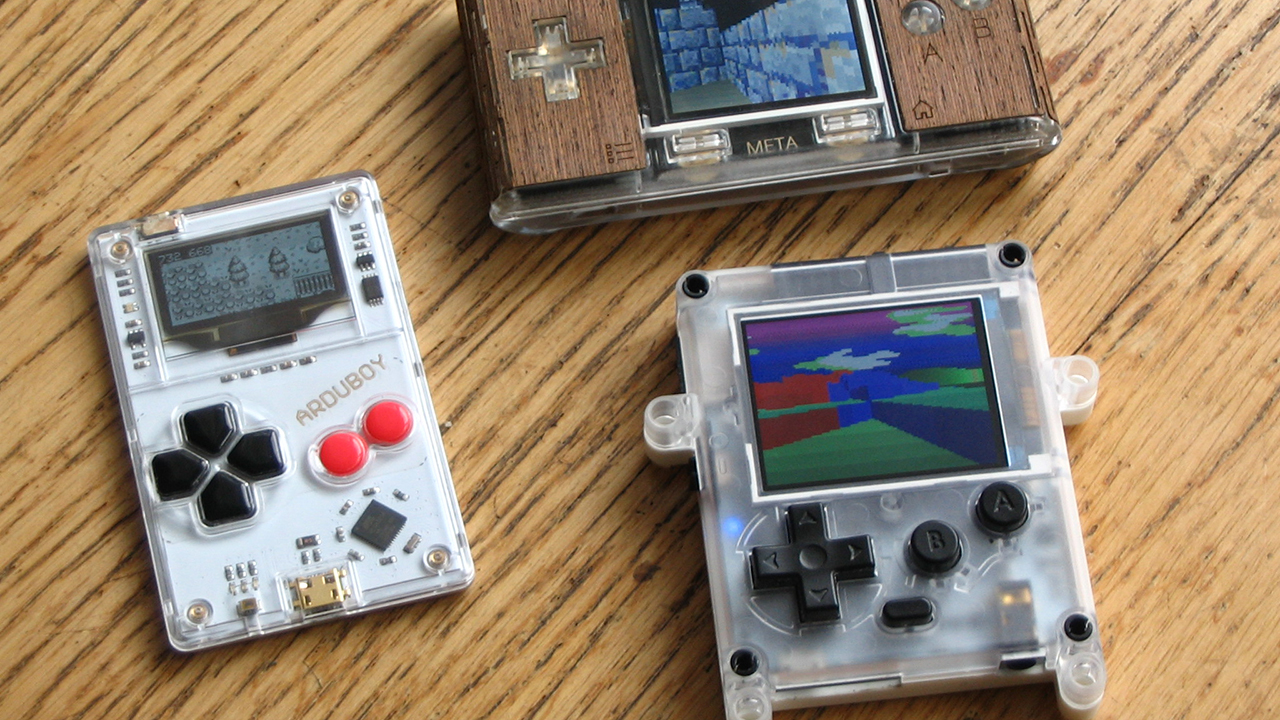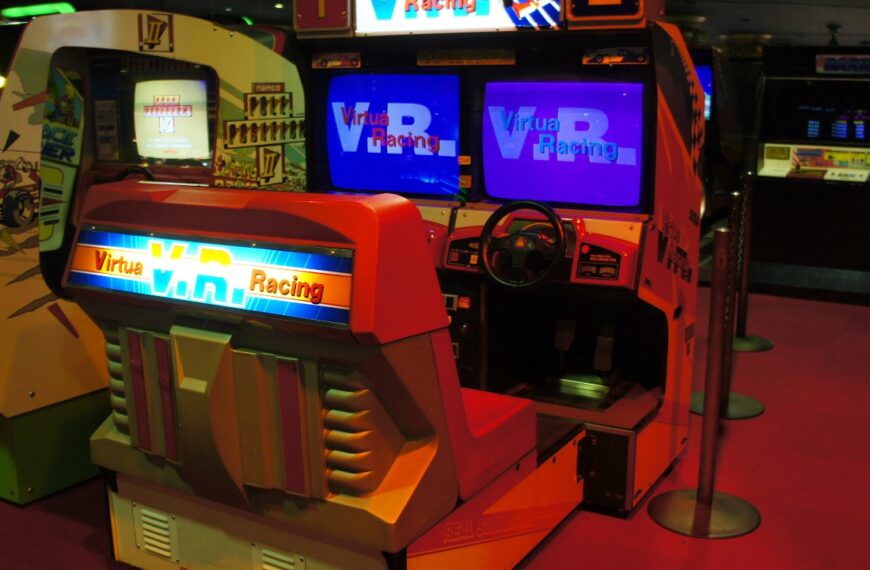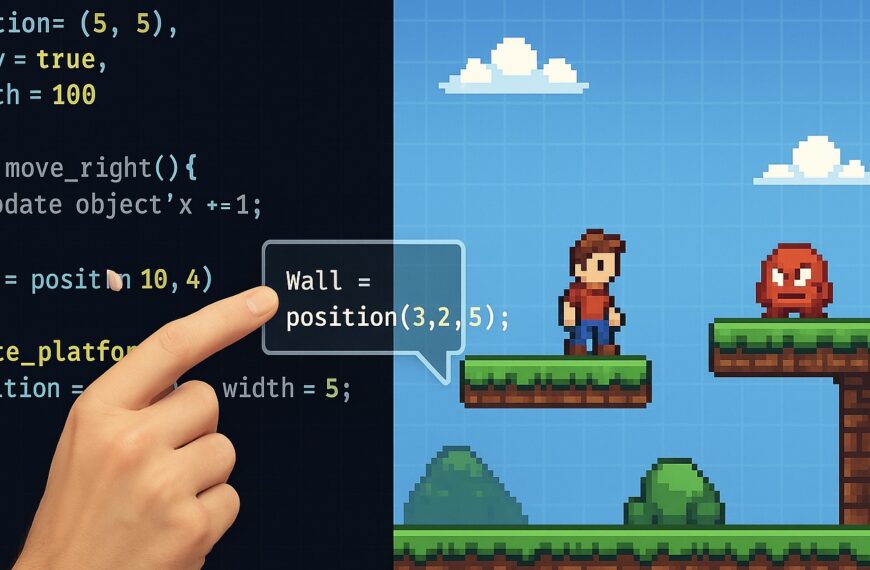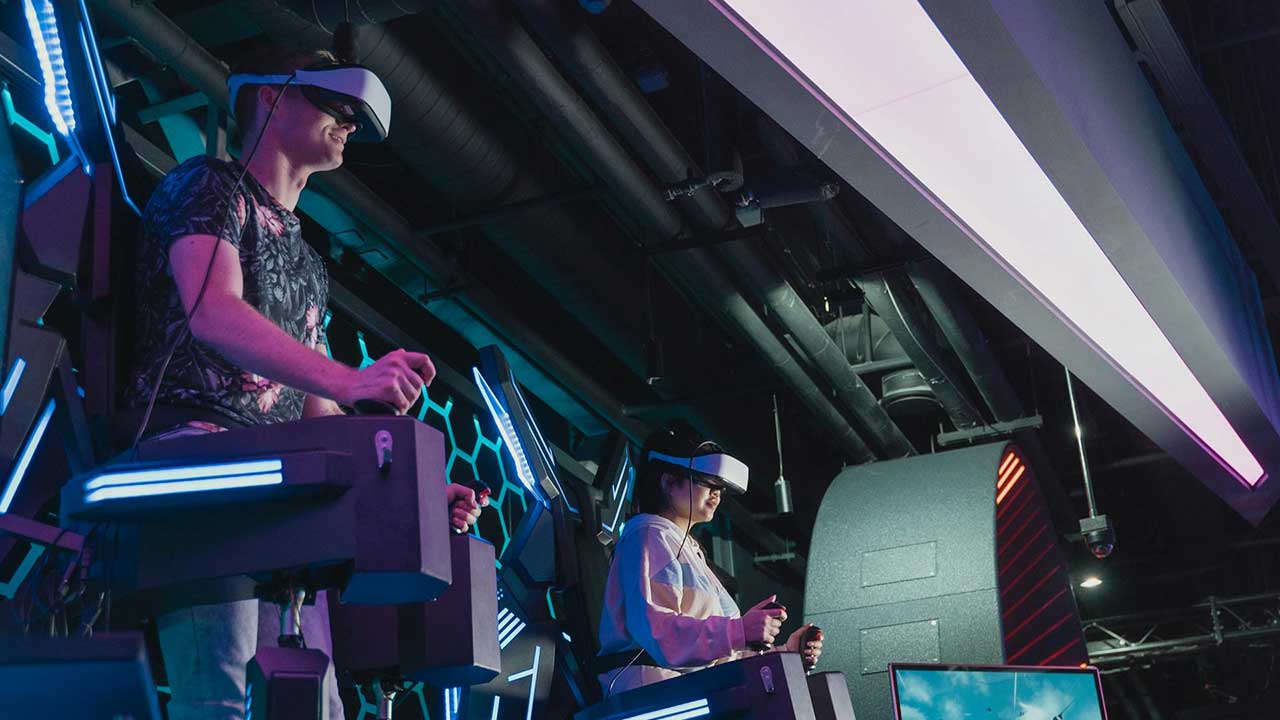AI is showing up everywhere lately, and the world of gaming is no exception. It’s not just about smarter enemies or better graphics anymore—AI is starting to change how games feel, how they adapt, and how long we want to keep playing. Some of the biggest shifts in game design today are coming from behind-the-scenes AI tools that most players never even notice. But the impact? It’s massive.
This isn’t some futuristic pitch about what could happen in ten years. AI is already making games more responsive, more personalized, and a lot harder to put down. Here’s a breakdown of where AI is actually making games more fun—and how it’s happening right now.
Smarter NPCs That React Like Real People

AI is giving non-player characters (NPCs) a serious upgrade. Instead of repeating the same lines or actions, NPCs can now respond dynamically to what players do. In games like Retail Mage, characters adapt to player choices in real-time, making interactions feel more natural and engaging. This shift from scripted behavior to AI-driven responses creates a more immersive experience.
Developers are also using AI to enhance NPC behavior in other ways. For instance, NVIDIA’s ACE technology enables NPCs to engage in realistic conversations, responding to player inputs with appropriate emotions and context. This level of interaction makes game worlds feel more alive and responsive. Learn more about how AI is enhancing NPC interactions in this AP News article.
Procedural Worlds That Never Feel Repetitive

AI-driven procedural generation is changing how game environments are created. Instead of manually designing every level, developers use algorithms to generate vast, unique worlds on the fly. This approach not only saves time but also ensures that each player’s experience is distinct. Games like No Man’s Sky utilize this technique to offer virtually endless exploration opportunities.
The benefits extend beyond just variety. Procedural generation can adapt to a player’s skill level, creating challenges that are neither too easy nor too hard. This dynamic adjustment keeps players engaged and encourages longer play sessions. For a deeper dive into procedural content generation, check out this GetGud.io blog post.
Personalized Gameplay That Adapts to You

AI is making games more personal by analyzing how you play and adjusting the experience accordingly. Whether it’s tweaking difficulty levels or suggesting new strategies, AI ensures that the game remains challenging and enjoyable. This kind of real-time adaptation keeps players engaged and can even help them improve their skills.
Some games go a step further by using AI to tailor storylines and character interactions based on player choices. This creates a unique narrative experience for each player, enhancing replayability. For more on how AI is personalizing gameplay, explore this Microsoft Edge article.
AI-Enhanced Graphics That Boost Immersion

AI isn’t just about gameplay mechanics; it’s also revolutionizing game visuals. Techniques like AI-powered upscaling and real-time ray tracing are making graphics more realistic than ever. This level of detail enhances immersion, making game worlds feel more lifelike and engaging.
Moreover, AI helps optimize performance, allowing games to run smoothly even with complex visuals. This means players with mid-range hardware can still enjoy high-quality graphics without compromising on frame rates. Discover how AI is transforming game graphics in this Columbia University article.
Dynamic Storytelling That Evolves with You

AI is enabling more dynamic storytelling in games by allowing narratives to evolve based on player decisions. Instead of following a linear path, stories can branch in multiple directions, offering a more personalized experience. This makes each playthrough unique and encourages players to explore different choices.
Games are now incorporating AI to adjust dialogues, character relationships, and plot outcomes in real-time. This level of adaptability enhances emotional engagement and makes the game world feel more responsive. Learn more about AI-driven storytelling in this Neil Sahota article.
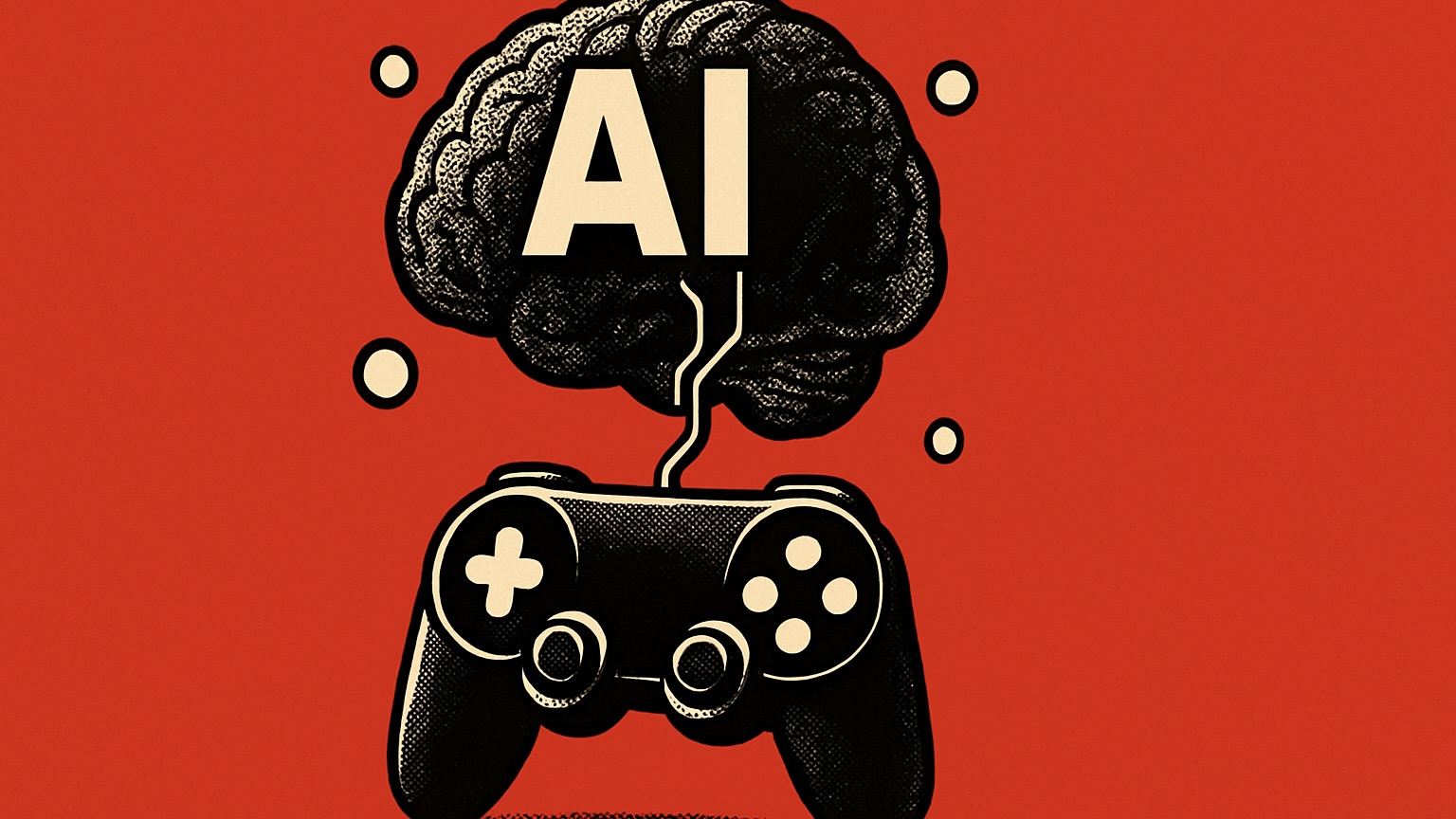

 By
By




